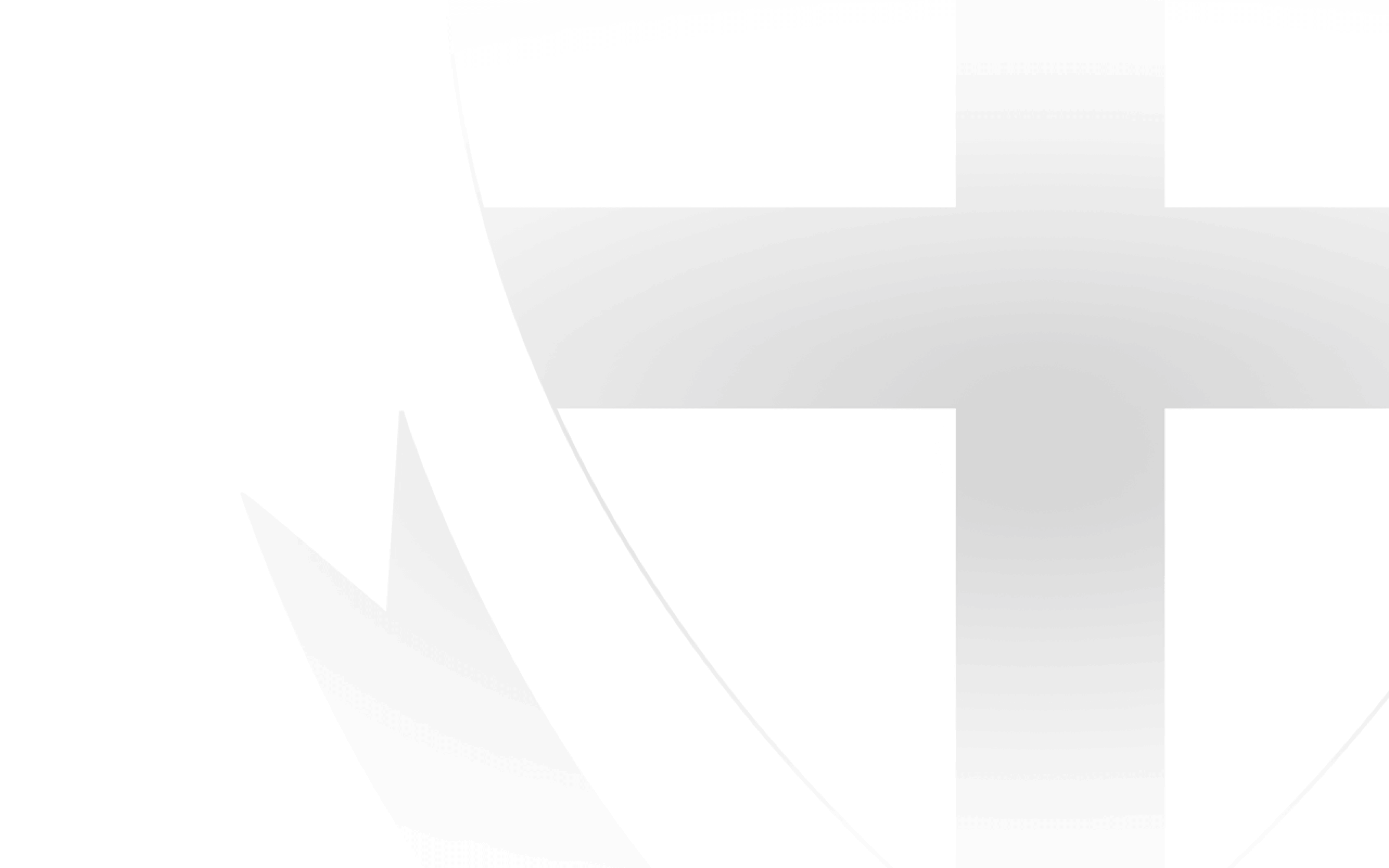THE QUESTION 'Are you sure?' will flash in front of recruiters before they finalise their selections in the new technology built to liven up this year's revamped NAB AFL Draft.
With the introduction of live bidding for father-son and academy prospects under the new points-based system, the AFL has looked to change its draft night.
The shifts in structure have been designed to make it more of a TV event, with clubs no longer reading out the names of their draft picks.
Instead, clubs will be sitting in a back room at the Adelaide Convention Centre on November 24, away from the crowd, players, media and draft stage.
They will be separated by partitions and each will have access to the application that is central to the new draft night, which has been developed by Champion Data and the League over several months.
Using last year's draft as a guide, once the meeting officially commenced St Kilda's recruiters would have had two minutes to choose its No.1 selection.
They would have typed Paddy McCartin's name or draft identification number into the system, and then pressed the submit button.
At that point a message asking the club 'Are you sure?' would have popped up on the screen in front of the club before final confirmation was required.
The selection would then be sent through to the central AFL base, which would tick off on the pick before allowing the broadcaster to reveal the player.
It is still being confirmed how the picks will be unveiled to the public in the room, but the AFL has determined each selection will be shown on television.
The League expects the draft to run for about the same length as previous years.
Clubs were shown the new draft application for the first time on Monday morning ahead of the trade period, and as reported earlier this month by AFL.com.au, in two weeks they will gather to test it by completing a 'mock draft' using the technology.
A feature of this year's draft will be the fluid nature of the draft order.
For the first time, clubs will enter the draft with a set of picks that will likely change in positions several times by the end of the night, some shifting forward and others moving back.
For instance, if Melbourne had bid pick two for Sydney Swans academy midfielder Isaac Heeney under the new system last year, the whole draft order would have changed.
To match it, the Swans would have leapt from No.18 to pick No.2, but their next pick (No.37) would have shifted to No.61 to account for the points required to pay for Heeney. Their next two picks would also move to the back of the draft.
In doing so, other clubs' selections would jump up. The draft this year has been made more dynamic and adjustable so that clubs pay closer to market value for top-end father-son and academy talent.
The bidding system has also been built so that if bids come for players from the second round onwards it should not leave clubs in a points deficit the following year.
This year the Brisbane Lions have several academy candidates, including Ben Keays and Eric Hipwood, who seem likely first-round picks.
However, if one slips to attract a bid in the late teens or early 20s, the Lions would be well placed to match both selections.
If a bid comes later in the draft a club will be able to just simply match it by using their next pick, in what may in some cases be a cheaper alternative than the previous system.
Clubs can request an extra two minutes to make a selection or match a bid, but will be alerted their time is running out by the clock at the top of the app's screen which changes colour as the deadline approaches.
The live bidding system and sophisticated program seems a forerunner to eventually trading picks during the draft, which happens in drafts overseas.
Callum Mills (Sydney Swans), Matthew Kennedy and Jacob Hopper (GWS) are likely top-10 picks tied to academy clubs.
Jack Silvagni (Carlton), Bailey Rice (Carlton or St Kilda), Josh Dunkley (Sydney Swans) and Darcy MacPherson (Western Bulldogs) are the leading father-son candidates who attended the national draft combine.



